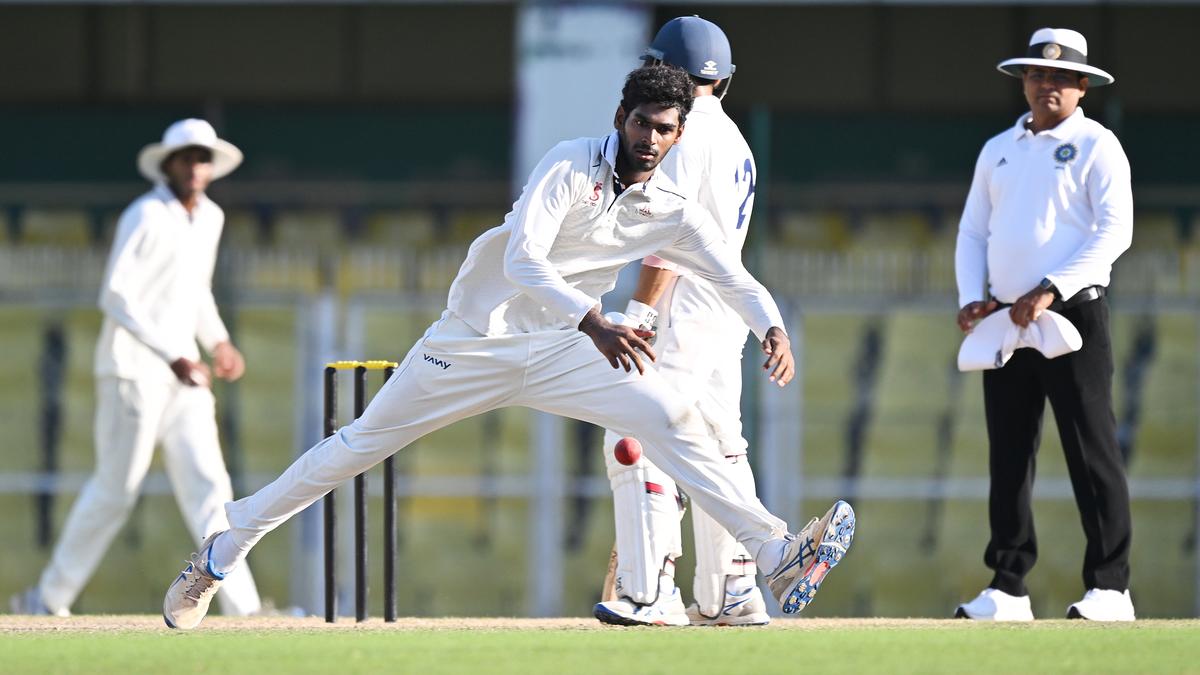Wasim Akram, the legendary Pakistani fast bowler, earned the title “Sultan of Swing” through his unparalleled mastery over the art of swing bowling. His ability to make the cricket ball dance in the air, leaving batsmen bewildered and spectators in awe, made him one of the most feared and respected bowlers in the history of the game.
Akram’s journey to becoming the Sultan of Swing began on the dusty pitches of Pakistan, where he honed his skills with a raw passion for the game. Unlike many bowlers who rely solely on pace, Akram developed a unique talent for swinging the ball both ways. Whether it was the conventional swing or the more mysterious reverse swing, he could manipulate the ball’s movement with precision. This ability to swing the ball late and at high speeds made him nearly unplayable, especially under overcast conditions or with an old ball.
What set Wasim apart was not just his technical prowess but his uncanny understanding of the game. He could read the pitch, the weather, and the batsman’s mindset, adjusting his bowling accordingly. With the new ball, he would lure batsmen into false strokes by moving the ball away or into them, often with a subtlety that made it hard for even the most experienced players to pick. As the ball aged, he became even more dangerous, employing reverse swing — a technique where the ball swings in the opposite direction to conventional swing. This made him lethal, especially in the death overs of limited-overs cricket or in the final sessions of a Test match.
Akram’s career was filled with moments that justify his moniker. One such instance was during the 1992 World Cup final against England. With the stakes at their highest, Akram delivered two consecutive deliveries that swung in opposite directions, dismissing Allan Lamb and Chris Lewis. The deliveries not only changed the course of the match but also etched Akram’s name in cricketing folklore.
His influence extended beyond his own performances. Akram became a mentor for a generation of fast bowlers who aspired to master the art of swing. His legacy is seen in the bowling styles of many modern-day pacers who have tried to emulate his control and skill.
Akram is called the ‘Sultan of Swing’ not just because of his technical ability but due to his cricketing intellect, his ability to innovate on the field, and his unmatched consistency in outfoxing batsmen around the world. His mastery over swing bowling remains a benchmark for fast bowlers even today.






